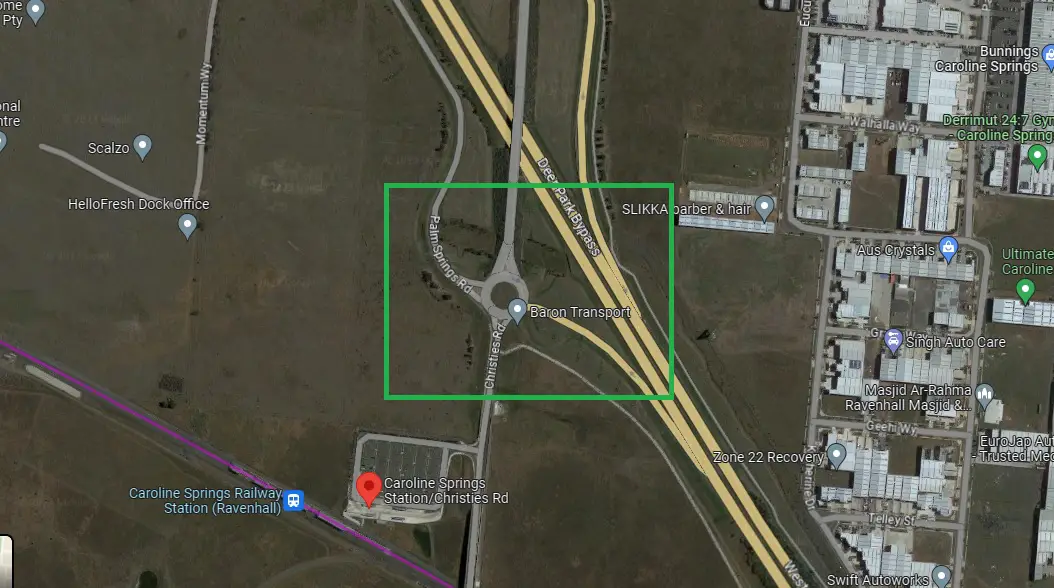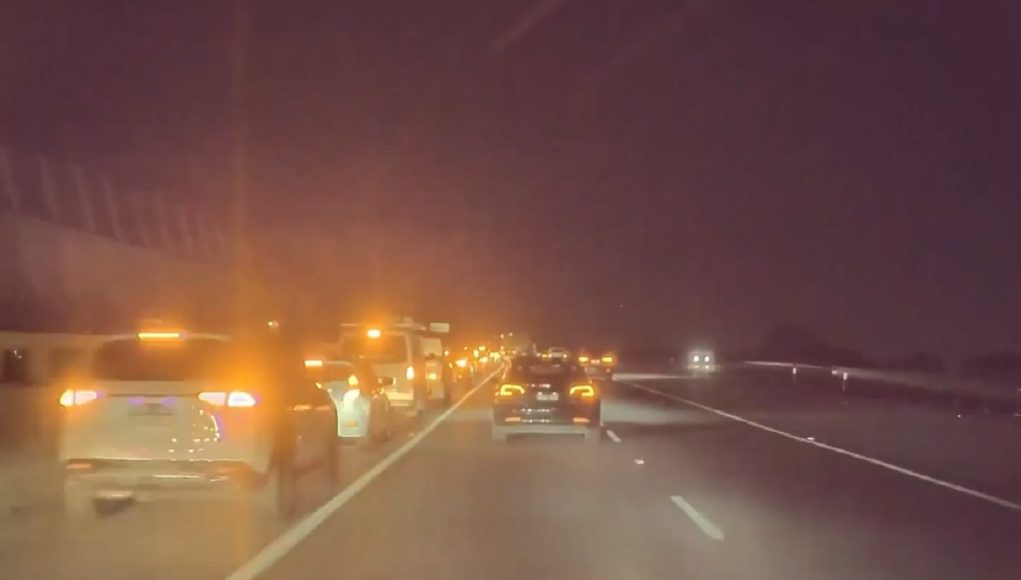A real-time, location based app like Waze or Google Maps might’ve helped in this situation.
Australian resident and Redditor /u/OzzyMon1 shared dashcam footage earlier yesterday to the /r/IdiotsInCars subreddit showing a ridiculously long line of cars near Melbourne queue’d on the M8 near an exit unaware one broken down car’s the cause of their wait.
OP’s thread is linked here with the video below and a mirror here just in case.
According to Google Maps, this technically happened in Ravenhall, Victoria on the M8 National Highway near the Christies Road exit headed into Melbourne (exact location on the map linked here.)
As the video shows, there’s a long line of cars on in the breakdown lane.
If you’re confused why cars are in the emergency lane and not on the two lanes of road where they’re supposed to be, according to one Melbourne resident who takes this exit regularly, this is just the way it is.
“I live near there and this is the exact exit I take on a daily basis,/u/JCoutie comments. “It leads to a roundabout which doesn’t flow well, so cars exiting bank up way back, and people then start queuing for the exit in the emergency lane rather than sitting in a lane of traffic.”
Here’s the roundabout in question.

I counted 69 cars waiting, including the broken down one.
Many Redditors in the comments put themselves in the shoes of the drivers waiting and realized that, without someone telling them what’s really going on, they’d do the same thing, just wait.
Real-time user submitted data on an app like Waze definitely would’ve helped out in this situation, as it’d only take one user to accurately report the breakdown to start a chain reaction of people merging back into flowing traffic.
Additionally, location based data collected by Google Maps should’ve shown this accident in real-time, too, displaying the start and stop point of waiting traffic.
If someone opened their Maps app, they should be able to see traffic is stopped not that far from them, and should’ve figured they can technically drive around it.
Or, this might be a good case to apply some sort of AI that’s able to interpret this line as not real traffic in the traditional sense but an anomaly (caused by a broken down car,) sending that data to mobile users as a notification.
Hindsight’s always 20/20, and it’s easy to laugh at the absurdity of their situation, but, would you wait in line like these Melbourne commuters, too?




